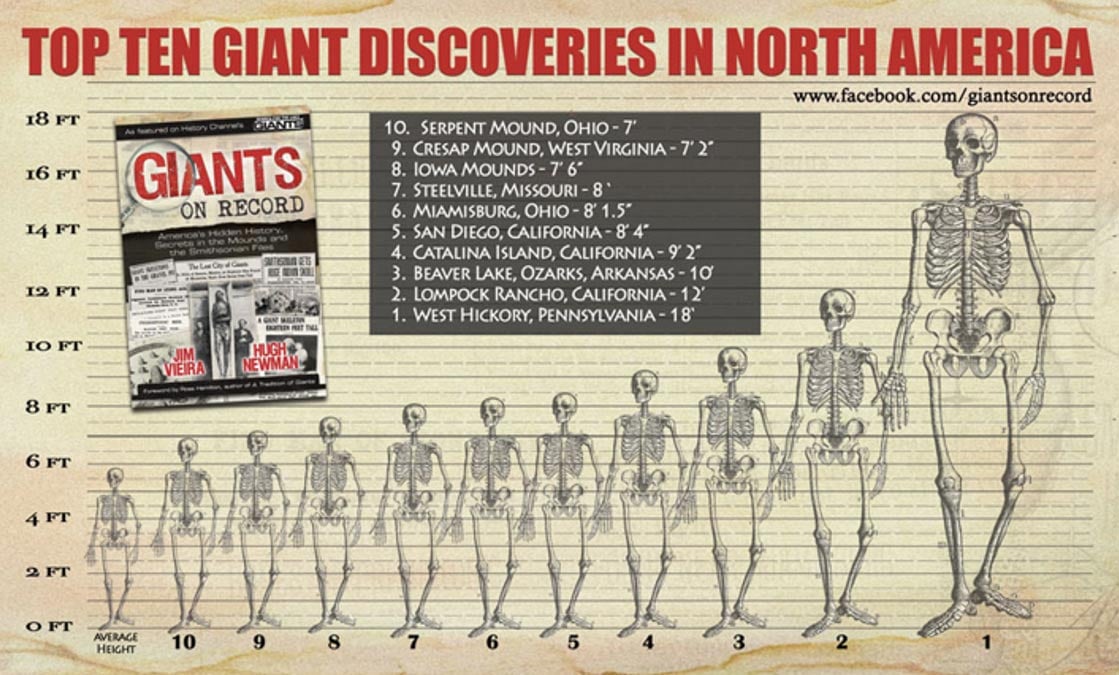The discovery of African skeletons in America has catalyzed a profound intrigue among historians, anthropologists, and the general public alike. This phenomenon invites us to explore an overlooked facet of human migration, cultural interaction, and the nuanced tapestry of history that extends beyond conventional narratives. As we delve into this hidden chapter, it becomes evident that the presence of these skeletal remains may not merely be an anomaly of history but rather a significant element that challenges prevailing assumptions of colonization and migration dynamics.
Historically, the primary narrative surrounding African presence in America focuses predominantly on the tragic era of the transatlantic slave trade. However, the discovery of skeletal remains identified as African in origin predates this dark period, suggesting alternative routes and narratives for migration. Such discoveries enable a re-examination of early African incursions into the Americas, shedding light on complex intercultural exchanges and the potential for pre-colonial interactions.
The skeletal findings often emerge from archaeological digs, urban developments, or even routine examinations in sites previously deemed unremarkable. In some cases, these remains, discovered in various contexts, such as burial sites or within ancient habitation zones, indicate a more extensive presence of Africans in pre-Columbian America than previously acknowledged. The morphological characteristics of these skeletons can offer critical insights into the ancestral lineages and health statuses of these individuals. But who were they? The inquiry invites further investigation into the lives and lifestyles of these early African inhabitants.
Among the myriad of factors contributing to the African diaspora in America prior to Columbus’ voyages, ancient maritime trade routes and the movements of skilled navigators emerge as critical elements. The wealth of knowledge in shipbuilding, navigation, and oceanic expertise among certain African societies suggests that transoceanic travel could have been plausible even in antiquity. The possibility of migrations facilitated by coastal navigation raises stimulating questions about cross-cultural exchange and the sharing of agricultural practices, technology, and communal structures.
Furthermore, it is crucial to consider the implications of these discoveries within the framework of cultural diffusion. The mere existence of African skeletons in America indicates a potential for cultural interactions long before the establishment of transatlantic slavery. These interactions could have fostered a blend of customs, linguistic exchanges, and agricultural techniques that enriched both African and Native American societies. This intermingling underscores the shared human experience that transcends geographic barriers, allowing for a broader understanding of history devoid of ethno-centric biases.
The skepticism surrounding these findings often leads to dissonance among traditional historians. Detractors argue that the lack of substantial evidence surrounding the migration of Africans to the Americas prior to European colonization poses significant challenges to these alternative narratives. Yet, such critiques may overlook the importance of interdisciplinary approaches. By integrating genetics, anthropology, and archaeology, researchers can unfurl a multifaceted perspective that encompasses the breadth of human history.
Moreover, the implications of these African skeletons extend to contemporary discussions on race, identity, and heritage. The acknowledgment of a pre-Columbian African presence in America compels a revaluation of racial histories and myths that have persisted across generations. Educational curricula that incorporate diverse historical accounts can foster a deeper appreciation for the interconnectedness of human societies and challenge narrow conceptions of ancestry.
In exploring this subject, one must also consider the range of locations where these skeletal remains have been found. The geography of America itself plays a pivotal role in understanding the movement of peoples. From the coastal regions to the river valleys, the varied landscapes may have acted as conduits for migration rather than barriers, thereby augmenting the plausibility of sustained interactions between African and Indigenous populations. The implications of such findings extend into the realm of cultural archaeology, positing that shared rituals and burial customs could reveal further layers of interaction and assimilation.
While the narrative of African skeletons found in America sheds light on historical complexities, it also challenges us to confront broader societal implications. The fascination surrounding these discoveries is not merely an academic curiosity but reflects a collective yearning to reconcile with a history that often marginalizes certain voices. By embracing these findings, one steps closer to a holistic comprehension of the human story—where diversity is celebrated rather than suppressed.
The resonant outcome of acknowledging these historical revelations underlines the importance of continual inquiry. Archaeological treasures and skeletal remains serve as conduits through which narratives that have been obscured can be revitalized and brought into the limelight. As new discoveries surface regularly, the need to engage with them through rigorous research cannot be overstated. This evolving narrative surrounding African skeletons in America implores scholars and enthusiasts alike to foster an environment that encourages multidisciplinary study, while remaining open to the complexities and interwoven tales of humanity.
In conclusion, the African skeletons found in America signal not just artifacts of the past, but rich resources for rethinking historical methodologies. They push for a critical re-evaluation of established timelines and narratives, thereby providing insights that resonate through time. In a world often divided by historical misconceptions, this hidden chapter of history beckons a reassessment that underlines our interconnectedness and shared heritage, offering not only a recognition of past injustices but also a path toward a more inclusive understanding of history.
